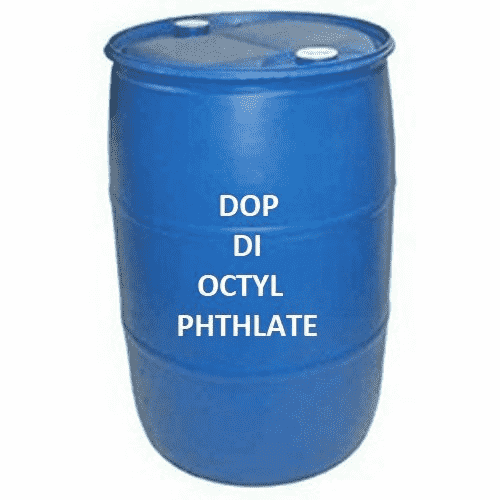Dioctyl phthalate is prepared with phthalic anhydride and isooctyl alcohol primers with catalysts such as titanate and cooled, neutralized, and washed with water. Finally, by filtration, dioctyl phthalate is produced. The production method of dioctyl phthalate is done with six primers that are connected in series.
Primer reactions in the Production method of dioctyl phthalate
The primer reactions in the dioctyl phthalate production method have the same structure. Alcohol is stored too much; 99.5% of alcohol is converted. There are several ways to produce dioctyl phthalate at low cost and in large quantities. The higher the conversion rate, the lower the conversion cost.
For better production, water and alcohol production should be produced and recycled in large quantities. In this case, the amount of waste will be reduced. By reducing energy costs by up to 20%, the product can be produced by 50% more.
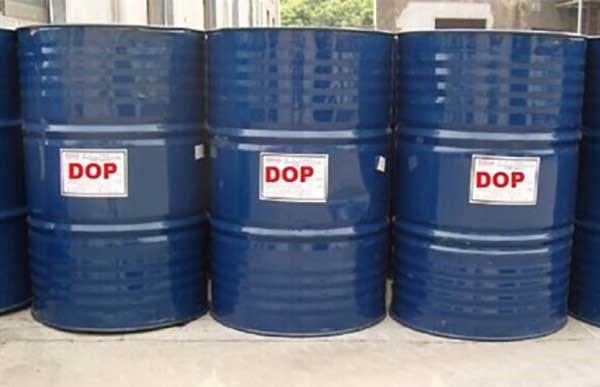
Dioctyl phthalate
Chemical industry and production method of dioctyl phthalate
The production of dioctyl phthalate is related to the chemical industry. The better the quality of the raw materials, the more dioctyl phthalate can be produced.
Technology for the production of dioctyl phthalate
Foreign raw materials are needed to produce dioctyl phthalate. If the import of these raw materials is stopped, the production of dioctyl phthalate will be stopped and the production will eventually face fluctuations. By importing larger devices, more products can be produced.
Production stages of dioctyl phthalate
Pirming
In the priming kettle, phthalic anhydride, isooctyl alcohol, and titanate catalyst are added and this step is done at 190 to minus 235 degrees Celsius. Finally, a thick product is obtained. Pure raw materials make a high-quality product; Pure alcohol makes a product of high quality.
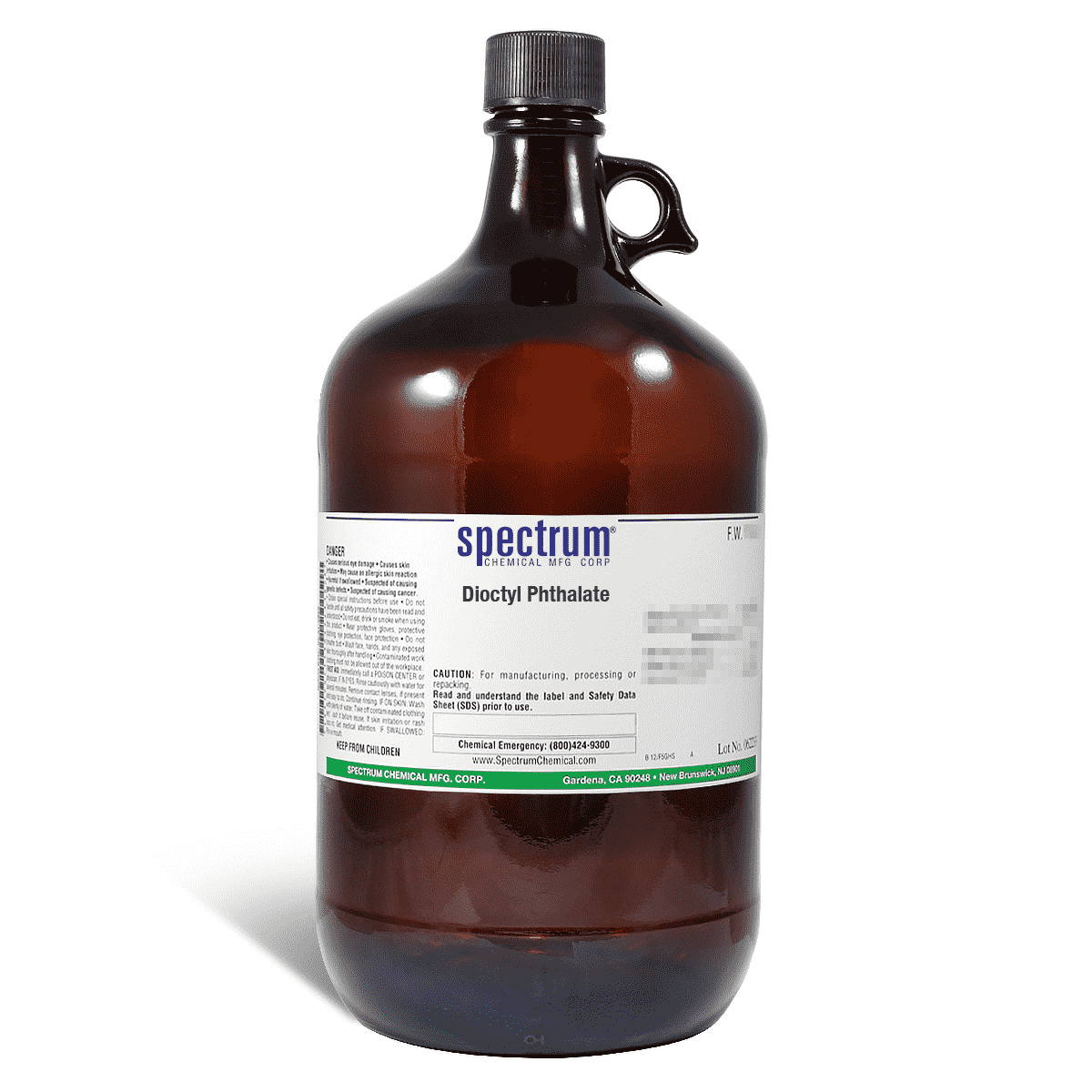
Pirming
Alcohol use
After a thick primer is obtained, the alcohol evaporates above 170 ° C and is collected again with the evaporating alcohol density devices. Lining kettle plays an essential role in product recycling. The floors are cooled to 95 to 100 degrees Celsius. It should be noted that above 2% of the product will be net.
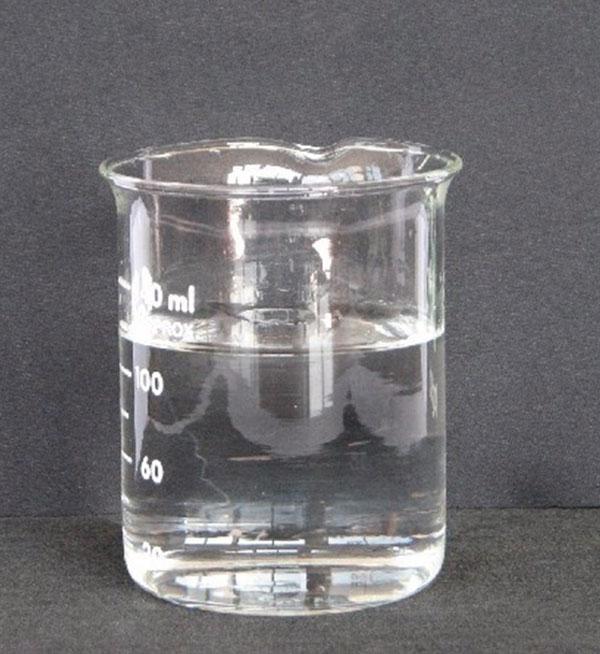
Alcohol use
Neutralize by washing
The product is cooled with alcohol at 95 to 100 ° C. Foam and dilute sodium hydroxide solution will be added. The temperature must be maintained at 95 ° C. Reduce the neutralization reaction. Depending on the amount of liner, water should be added in a ratio of 1: 3.
Emptying
At this point, the product heats up. The product is heated to 145 degrees Celsius. Water vapor, azeotropic vapor with alcohol is removed at this stage. Put the product in air pressure up to 5 kPa and then open the water vapor pressure valve.
Put the dioctyl phthalate again at a pressure of 3 kPa to increase the pressure and go down to the machine, in which case it can be processed. After compaction, you can collect it and return the alcohol to the sterilization state and recycle it.
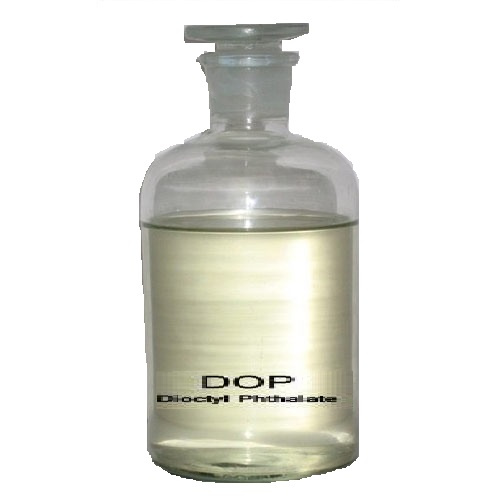
Emptying in the production method of dioctyl phthalate
Filtration
The color of the product is taken at this stage and filtration begins. After painting the product, start filtering again. Take small and large impurities and prepare the product.
You can use large and small kettles at any stage. The natural reaction solution is spilled. Reaction temperatures are 190, 200 and 210, 215, 225, 235 degrees at which the product is processed. The lining kettle can keep up to 20% of the product.
In the priming step, the alcohol is heated to 180 ° C with 12692 kg / h and the phthalic anhydride is heated again at 150 to 160 ° C. In this process, the catalyst liners are transferred to a sterilized kettle for 7.5 kg per hour.
The lining kettle is used as a heat source for 4 MPa steam sterilization. In a small primer, the natural reaction solution overflows, resulting in improved phthalic anhydride conversion efficiency.
Each material reacts under normal pressure. Reaction temperatures will be 190, 200 and 210, 215, 225, 235 degrees, respectively. A purer product can be obtained by removing the extra 20%.
Conclusion
Dioctyl phthalate is a chemical produced by priming, alcohol, neutralization by washing, vacuuming, and filtration. The temperature of each step is specific and the reaction temperatures are 190, 200 and 210, 215, 225, 235 degrees. In the filtration stage, the impurities are taken into small and large and the product is prepared. It is used in medical supplies, consumables, and construction products.

